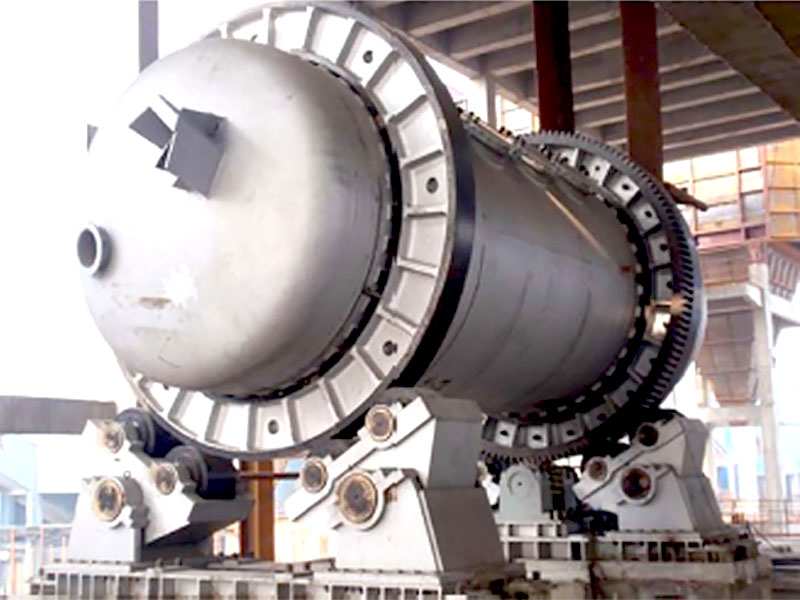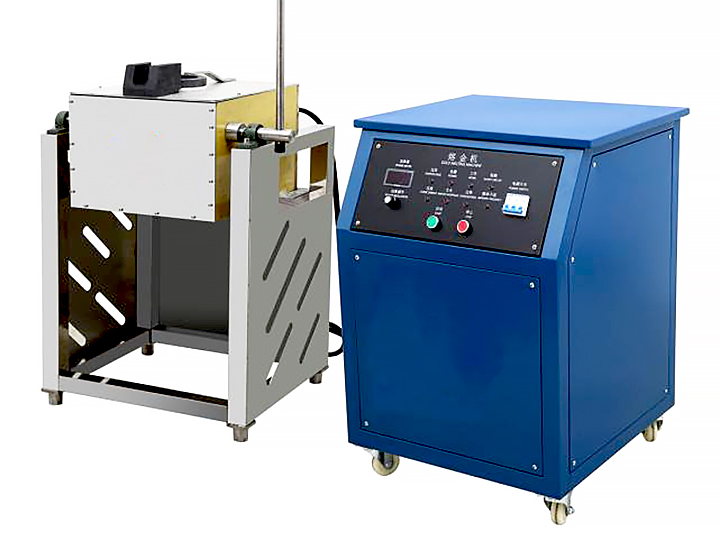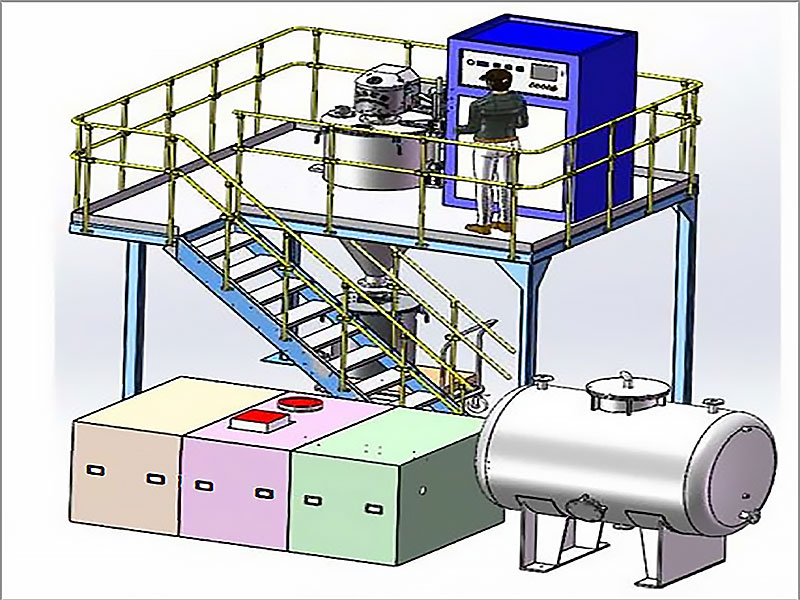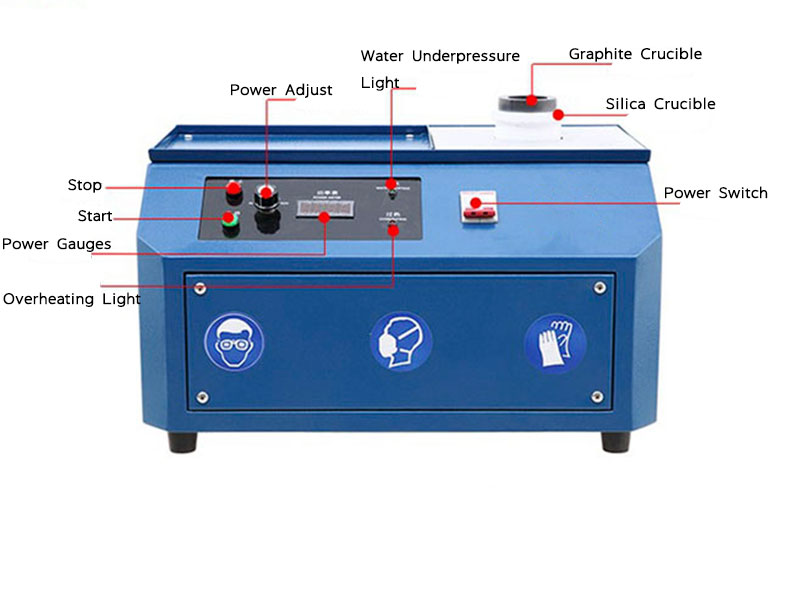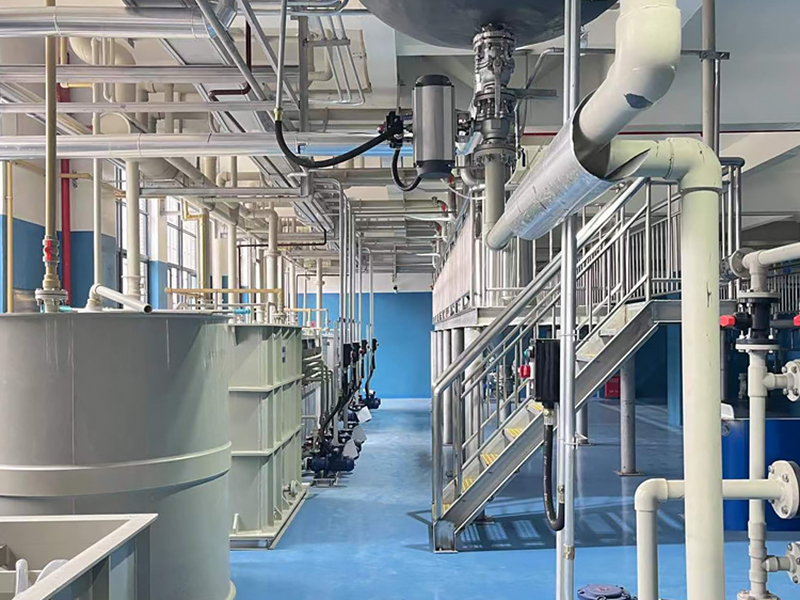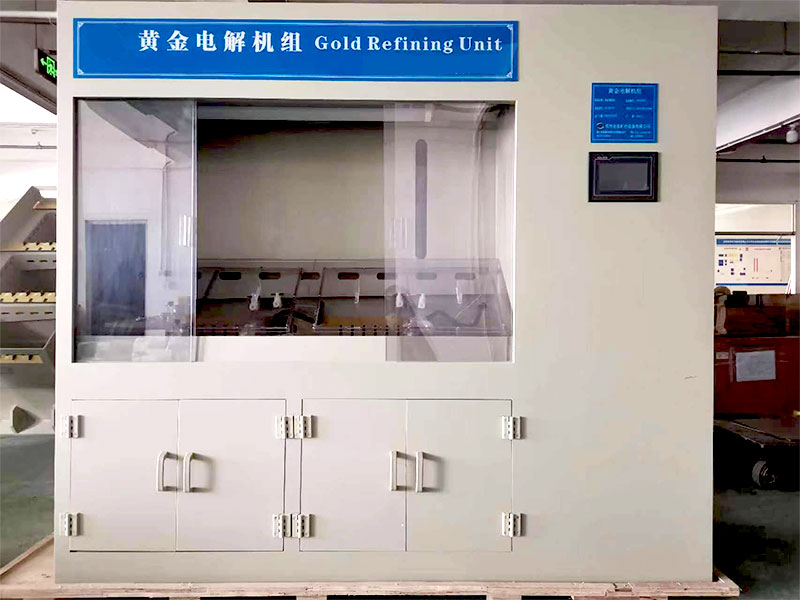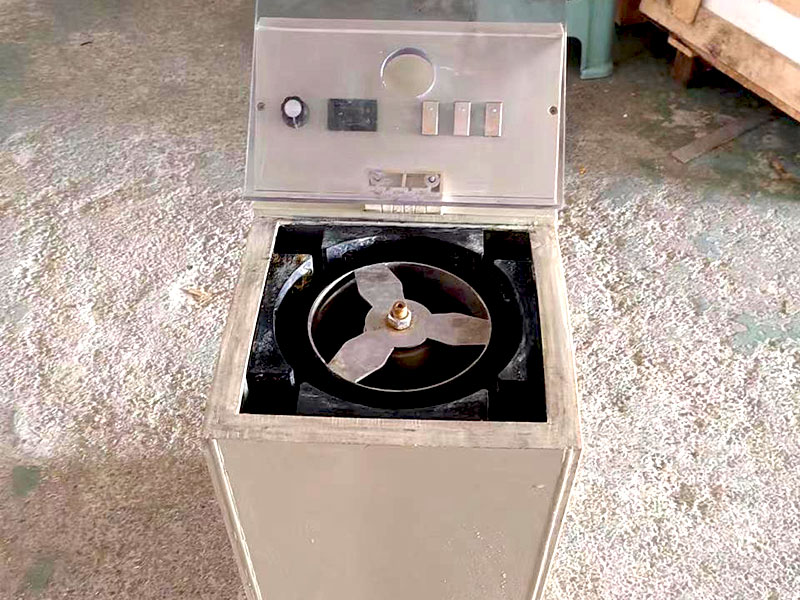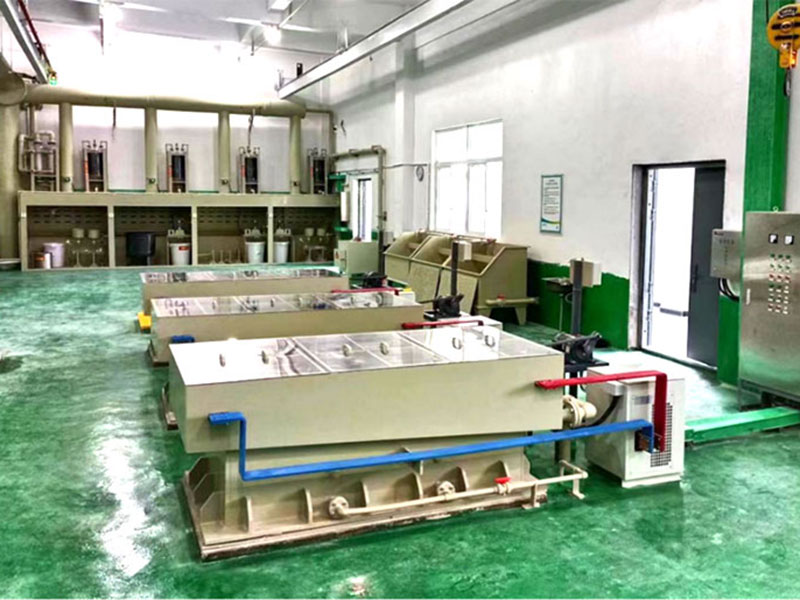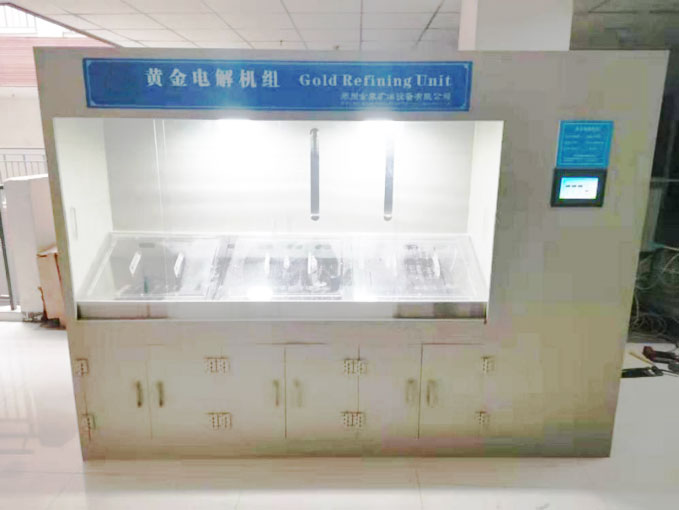process of refining silver
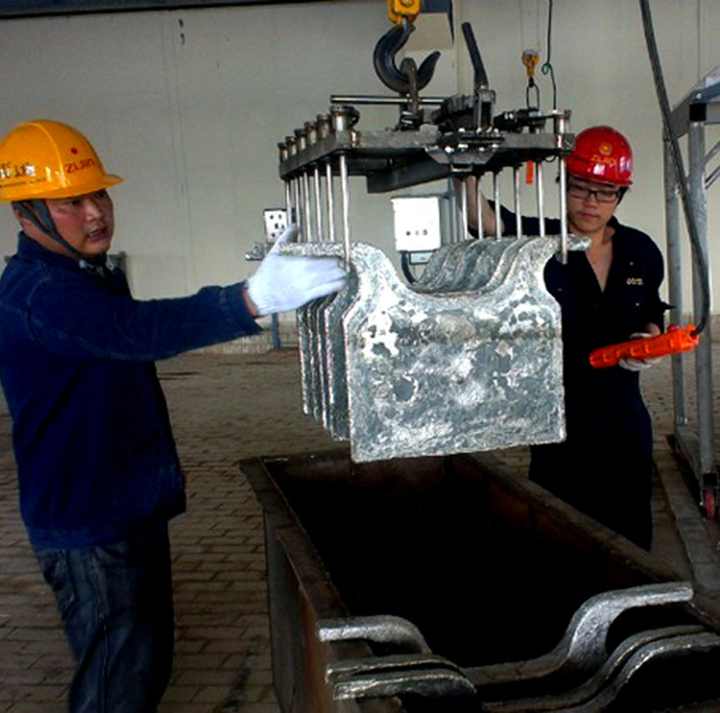
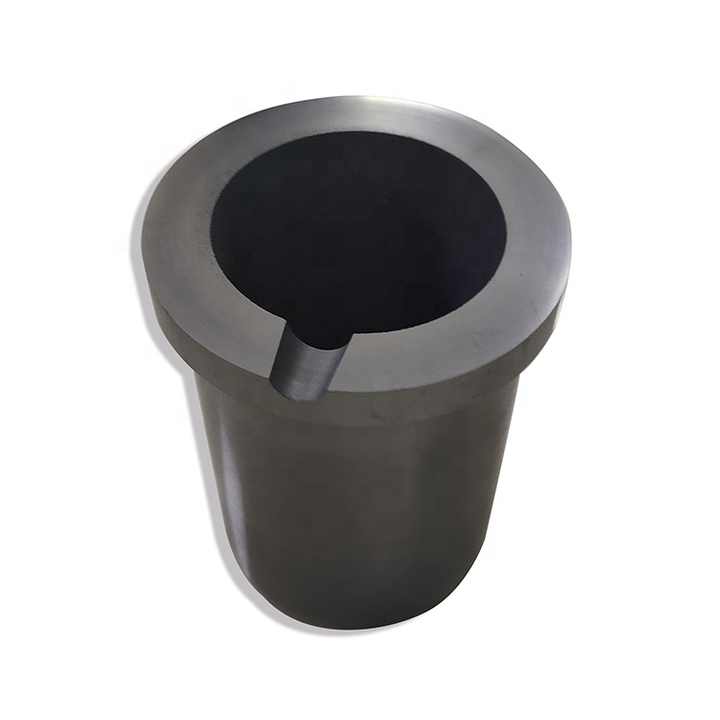
The process of refining silver is a crucial step in transforming raw silver ore or scrap into a high-purity, usable form. This process involves various techniques to remove impurities and produce silver that meets industry standards. In this article, we will explore the different stages involved in the process of refining silver, its importance, and the methods used to achieve high-quality results.
Understanding the Process of Refining Silver
Refining silver involves several steps designed to purify the metal and remove unwanted materials. Whether dealing with silver ore from mining operations or scrap silver from industrial sources, the goal is to produce a high-purity silver that can be used in various applications, including jewelry, electronics, and investment.
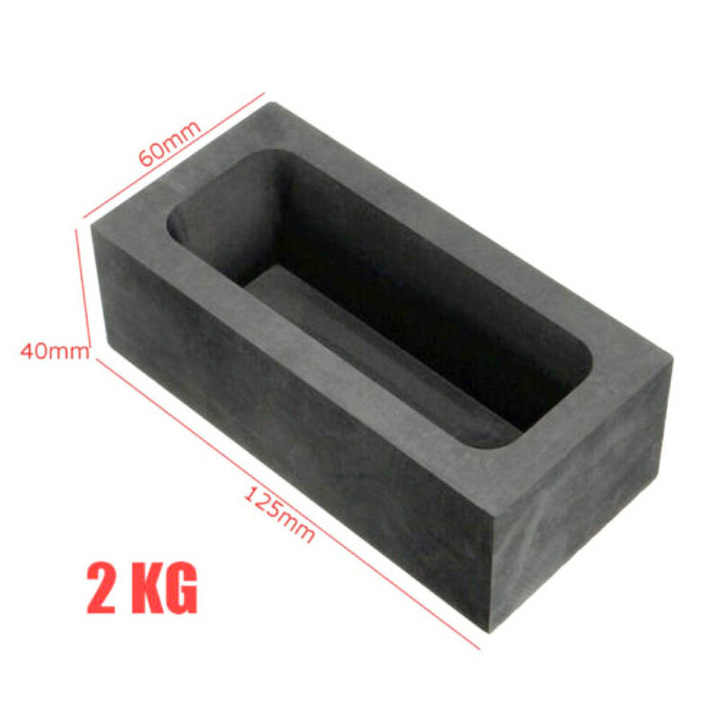
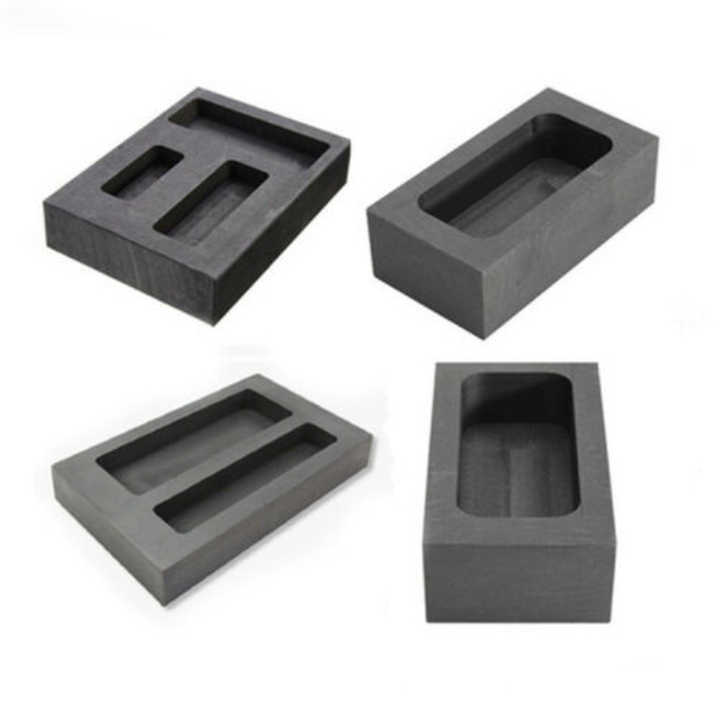
Stages in the Process of Refining Silver
Initial Preparation
The first stage in the process of refining silver is preparation. Raw silver ore or scrap is collected and processed to make it easier to handle. This often involves crushing and grinding the material to increase its surface area, which helps in the subsequent steps of refining. For scrap silver, it may be cleaned to remove contaminants and sorted to ensure consistency.
Smelting
Smelting is a key step in the process of refining silver. The prepared silver is heated in a furnace to high temperatures, typically between 1,200 and 1,500 degrees Celsius (2,192 to 2,732 degrees Fahrenheit). During this stage, the silver melts, and impurities are separated. Fluxes, such as borax and soda ash, are added to help remove unwanted materials and lower the melting point of the silver.
Separation and Purification
Once the silver is molten, a slag, which contains the impurities, forms on the surface. This slag is removed, leaving behind a molten silver that is purer. The molten silver is then poured into molds to cool and solidify. The solidified silver is typically tested to ensure it meets purity standards. In some cases, further purification steps are employed to achieve the desired level of purity.
Electrolytic Refining
For achieving very high levels of purity, electrolytic refining may be used. This method involves using an electrolytic cell where silver is dissolved in an electrolyte solution and then redeposited onto a cathode in a pure form. This process helps remove any remaining impurities and ensures that the silver meets the highest industry standards.
Final Processing
After the initial refining steps, the silver may undergo additional processing to meet specific requirements. This can include further melting, alloying with other metals, or shaping into products. The final silver is then tested again to ensure it meets all necessary specifications for its intended use.
Importance of the Process of Refining Silver
The process of refining silver is essential for several reasons. Firstly, it ensures that the silver used in various industries is of high purity, which is critical for both functionality and aesthetic purposes. In jewelry making, for example, high-purity silver is necessary to produce pieces that are both durable and visually appealing. In electronics, pure silver is required for its excellent conductivity and performance.
Additionally, refining silver helps in recycling and reusing silver from scrap materials, reducing the need for new mining operations. This not only conserves resources but also minimizes the environmental impact associated with silver mining.
Environmental and Safety Considerations
While the process of refining silver is effective, it involves handling high temperatures and potentially hazardous chemicals. Proper safety measures are essential to protect workers and the environment. This includes using appropriate personal protective equipment, ensuring proper ventilation, and managing waste materials responsibly.
Modern refining facilities often incorporate advanced technologies to reduce emissions and manage waste. This includes improved filtration systems and recycling practices that contribute to more sustainable refining operations.
Advances in Silver Refining Technology
The process of refining silver continues to evolve with technological advancements. New methods and equipment are being developed to improve efficiency, enhance safety, and reduce environmental impact. Innovations such as automated furnaces and advanced electrolytic systems contribute to more precise and eco-friendly refining processes.
The process of refining silver is a complex but essential procedure that transforms raw or scrap silver into high-purity metal suitable for various applications. By understanding the stages involved and the importance of each step, industries can ensure they produce high-quality silver that meets both functional and aesthetic requirements. As technology advances, the process of refining silver will become even more efficient and sustainable, continuing to support diverse uses and applications across the globe.

